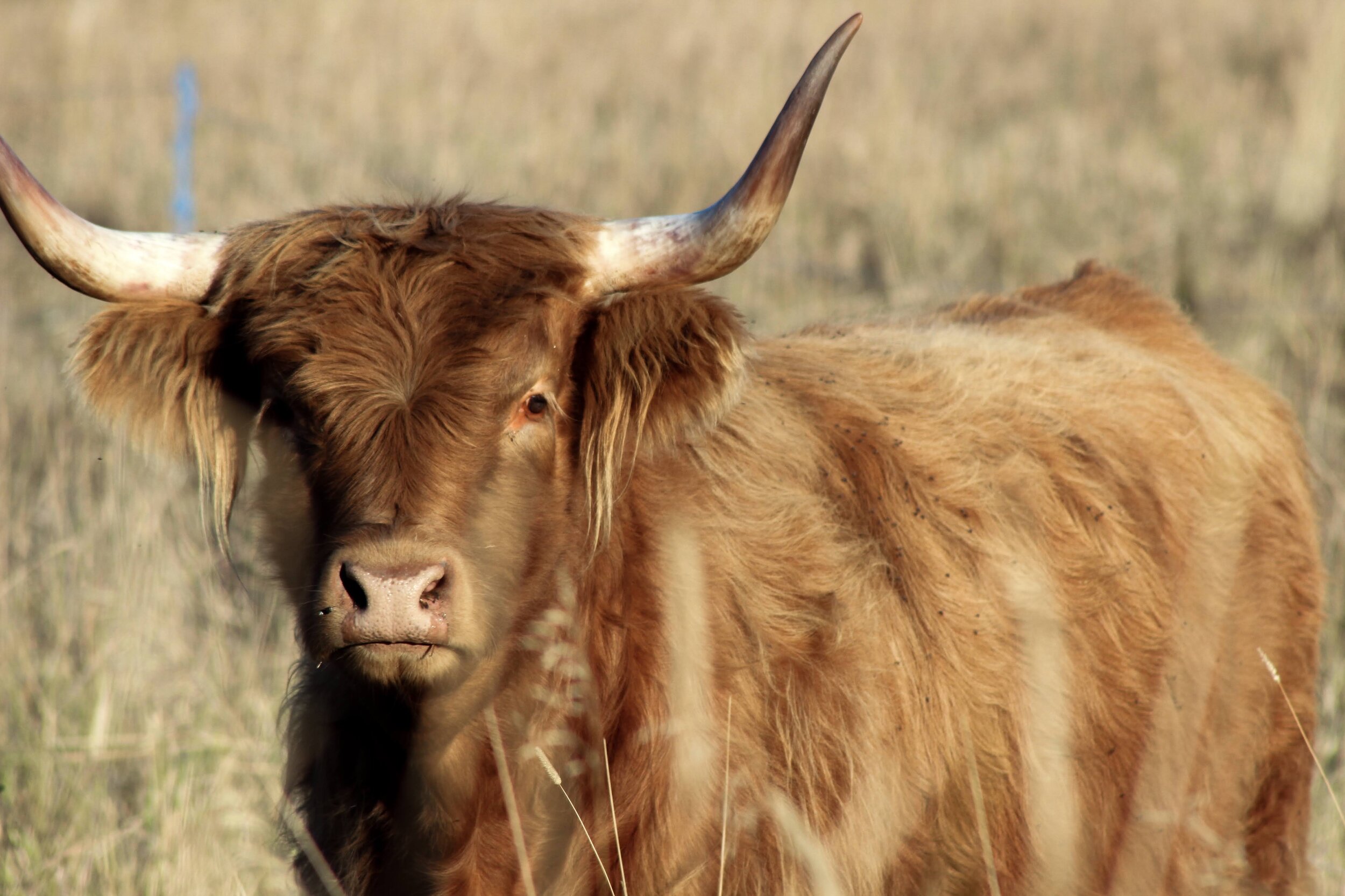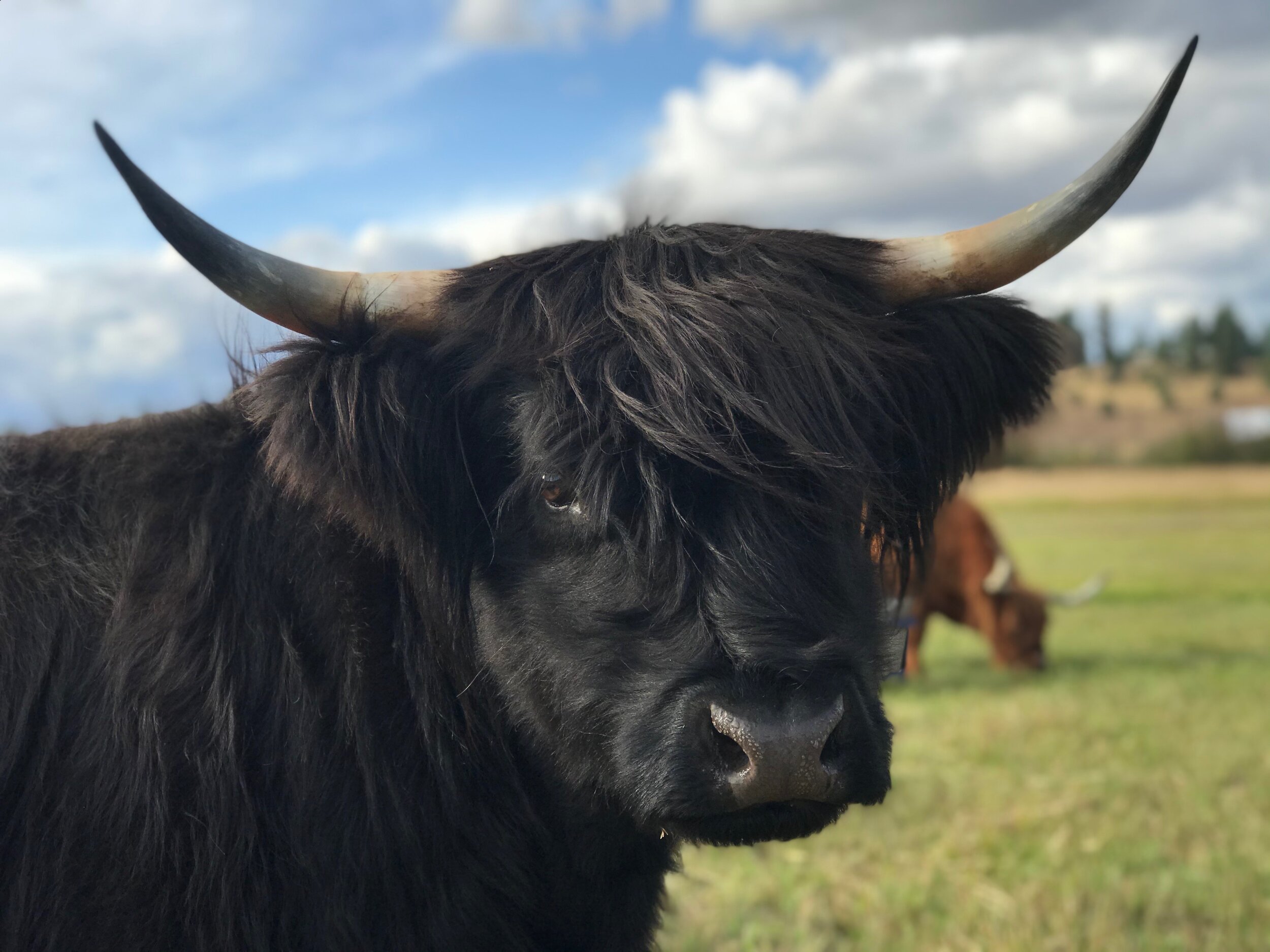Grass fed for life.
Eat more beef friends.
Welcome to the farm
Echo is so happy you’re here to learn more about our fold and how we manage our land.
highland cattle
Like their name suggests, Highland cattle originated in the Highlands and west coastal islands of Scotland, areas severe in climate and lashed by the North Atlantic gales. A little known fact about Highland breeders is that they don't call their herd a herd. It is called a fold of Highland cattle because, in the olden days in winter the cattle were brought together at night in open shelters made of stone called folds to protect them from the weather and wolves.
The Highland has the grandest head with a long fringe (that appears to cover the eyes) and the horns that are long and darken towards the tip, it is these features that make them most memorable.
Highlands have a double coat of hair - a downy undercoat and a long outer coat which may reach 13 inches, and which is well-oiled to shed rain and snow. With the double coat of hair and thick hide, the Highland has been adapted by nature to withstand great exposure. It is not uncommon for Highlands to shed this heavy hair coat when exposed to a hot dry climate and then grow a new one as the damp cold weather returns.
A heavy coat insulates against a harsh climate and reduces the need to develop excess back fat. Recent studies in both North America and the UK have shown that Highland Beef is consistently much lower in fat content and cholesterol than other breeds. It is so lean that it compares with chicken and fish fat content.
The marbling of the beef gives the same tenderness and tastiness as the other larger breeds. Studies in the US have verified that Highland Beef is 38% lower in fat content and 4% lower in cholesterol than steaks from local supermarkets.
We are using our fold of 18 highland cattle to help regenerate and heal the highly damaged soil on our property through the practice of rotational grazing (in the spring, summer and fall months) and bale grazing (in the winter months).
What is rotational grazing?
Under rotational grazing, only one portion of pasture is grazed at a time while the remainder of the pasture “rests”. To accomplish this, pastures are subdivided into smaller ares (referred to as paddocks) and live-stock are moved from one paddock to another. Resting grazed paddocks allows forage plants to renew energy reserves, rebuild vigor, deepen their root system, and give long-term maximum production.
Rotational grazing can help improve long-term pasture quality and fertility by favoring desirable pasture species and allowing for even manure distribution. Rotational grazing also can increase the amount of forage harvested per acre over continuous grazing by as much as 2 tons dry matter per acre.
Why we rotationally graze:
Animals in grazing systems are often healthier than animals housed in confinement. Animals have more space and fresh air, reducing their exposure to high levels of microorganisms. Increased freedom for movement enhances physical fitness and decreases opportunity for injuries and abrasions. A healthier herd is more profitable and it allows the option of increasing herd size or improving the herd by selecting animals based on higher milk or meat production and reproductivity.











